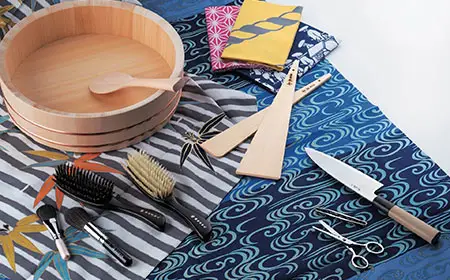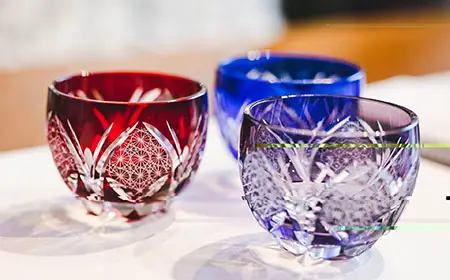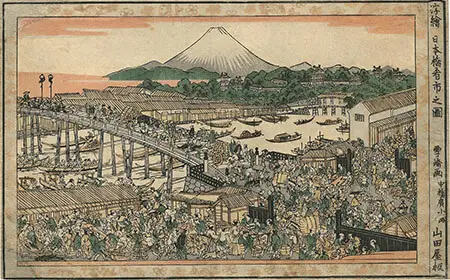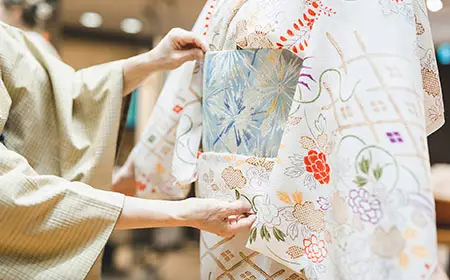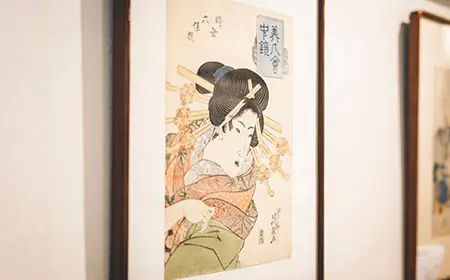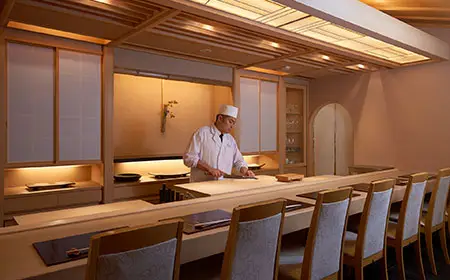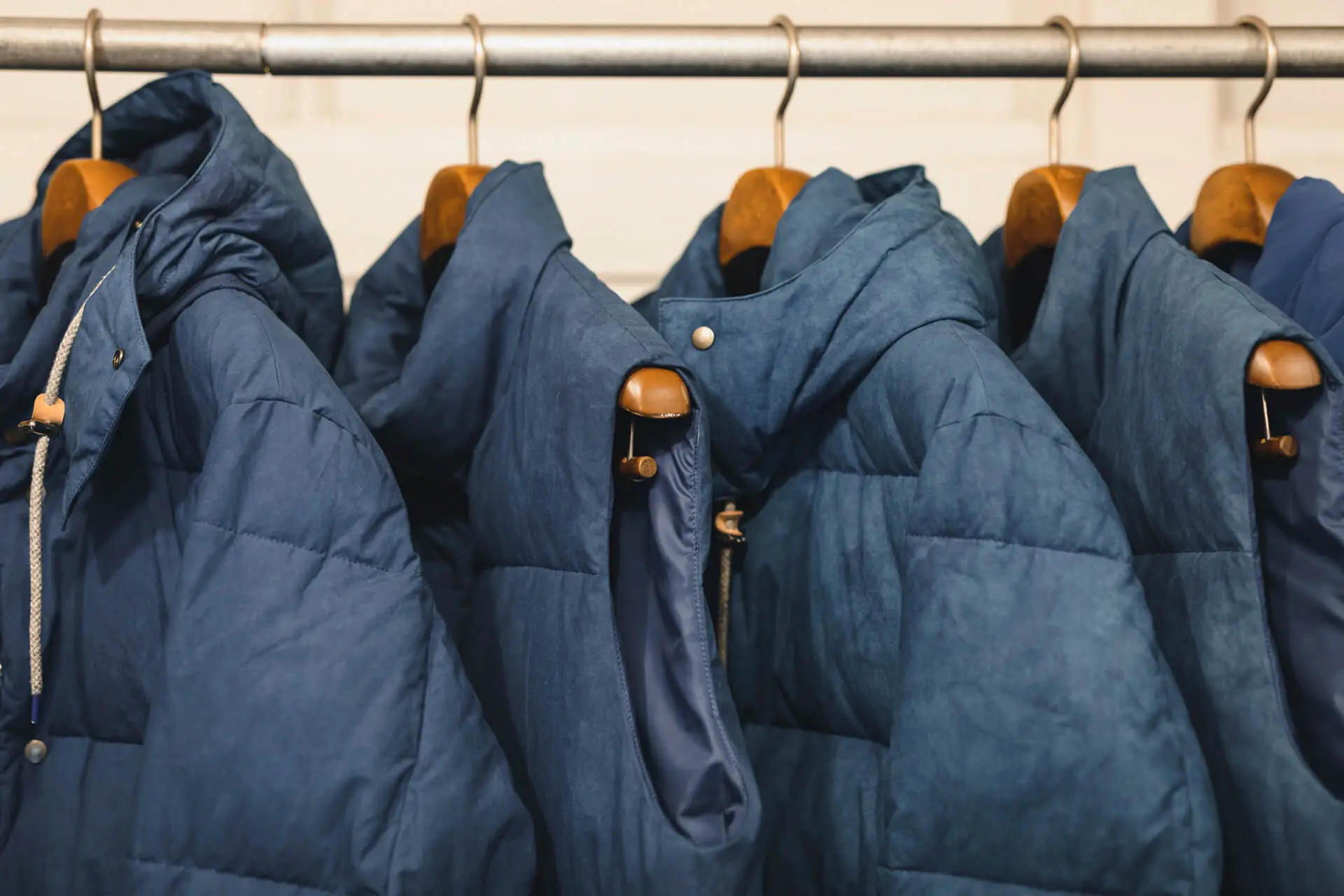
JAPAN BLUE MEETS THE FUTURE
Indigo – the color of victory, the color of tradition, and the color of the future. Using all-natural ingredients and techniques passed down from the 8th century, Tateisucanna offers fashion imbued with the wisdom and beauty of Japan’s aizome indigo dyeing tradition.
Deep blue is Japan’s color of victory. This color—which is used for Japan’s national soccer and baseball team uniforms as well as the Olympic and Paralympic Games Tokyo 2020 emblem—is the darkest shade of Japanese aizome or indigo dyeing and in the past, warlords fought in this indigo-dyed kimono under their armor. Indigo dyeing, which was first appeared around 3000 BC and is said to have been the first dyeing method for mankind, was introduced to Japan in the 8th century. It uses the ancient Japanese plant tadeai to create its unique dyeing techniques and colors.
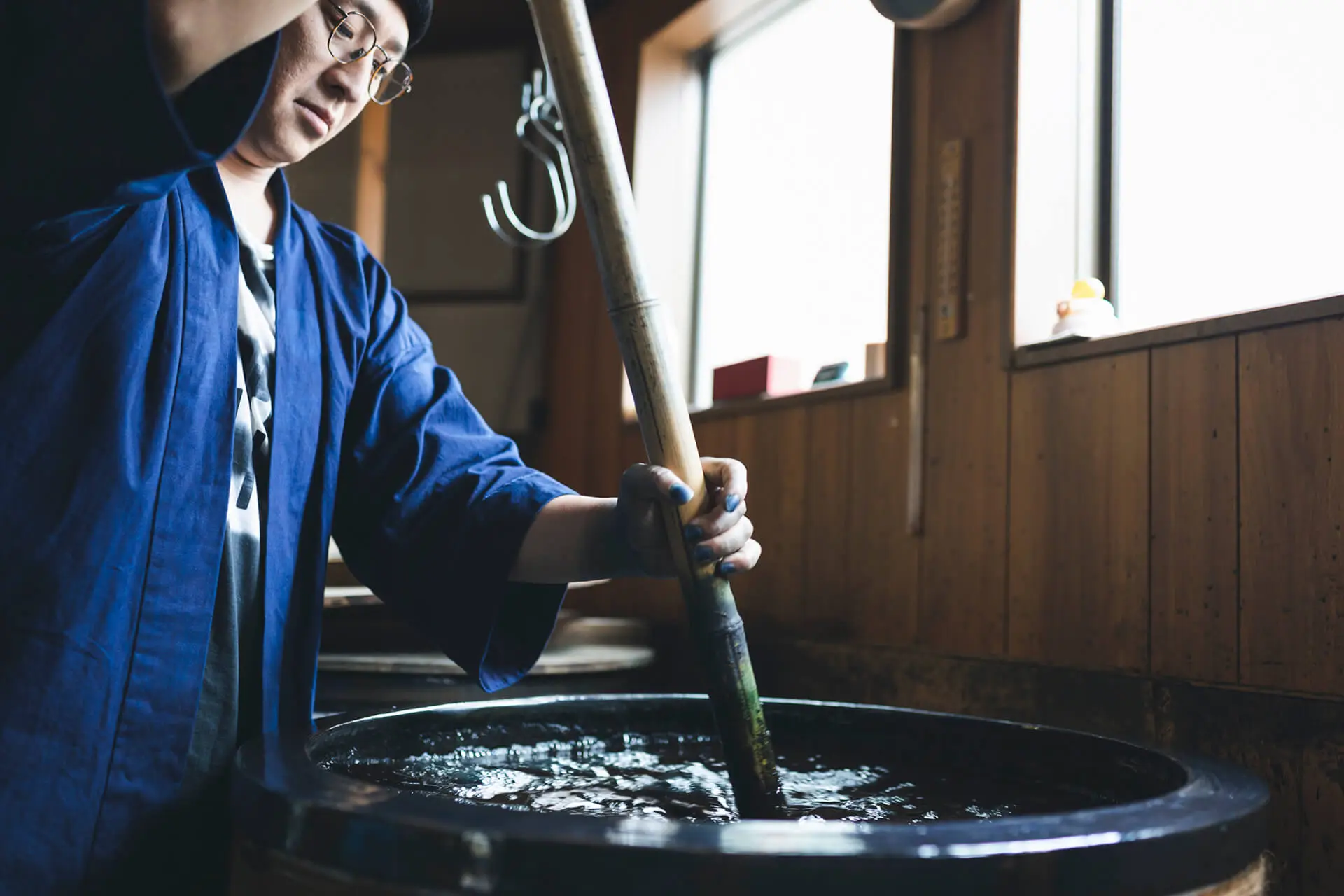
Aizome was at its peak in Japan during the Edo period. At the time, aizome products were made of only natural ingredients, making them excellently handy with the benefits of insect repellents, deodorizers, antibacterials and ultraviolet protectors, as well as an effect on atopic dermatitis and other skin inflammations. About 95% of the aizome products on the market today use chemical dyes, and therefore do not have these same benefits. However, in Tokyo, there are craftsmen who still inherit the techniques from the Edo era to produce indigo-dyed products that blend well with current fashion.

At Tateisucanna, a boutique located in Yoyogi Uehara, you can find authentic aizome products. The shop’s owner Ichiran Toba is an indigo-dyeing craftsman trained by a Japan’s pioneer indigo-dyer. His cozy Kagurazaka workshop is where Toba uses the method that has been passed along since the Edo period, to dye everything from American clothing, name brand sneakers to down jackets. We had the privilege of witnessing indigo dyeing in the workshop. “Ingredients such as water, sake, lime, shell lime are added to fermented tadeai to make an alkaline liquid. The more you soak, the darker the blue.” Patterns can be created by tying the cloth prior to dyeing. “This dyeing liquid is alive. If you don't take care, it will not dye properly. As this method is time-consuming and mass production is not an option, there are very few Japanese craftsmen who dye nowadays and I have yet to meet another aizome artisan in Tokyo.” Toba recently collaborated with a company that manufactures Arctic expedition down products to produce aizome down jackets. As an aizome product, various benefits are added to the already first-class quality. When worn, the wisdom and skills passed down from the Edo era can be felt, creating a sense of wonder and confidence.



